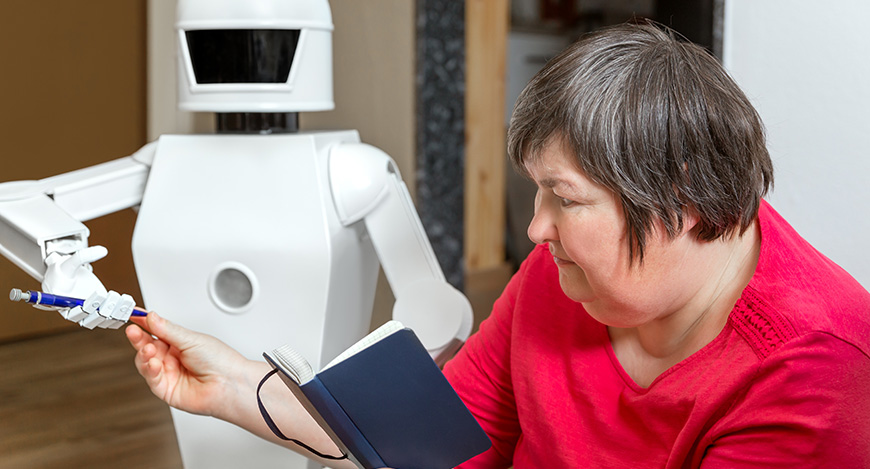In this Masterclass, we will explore the present and future of the applications of Artificial Intelligence (AI) and Robotics in Healthcare, introducing real-world examples, challenges and opportunities, as well as a view of the future of this rapidly changing field.
How will medical practice be affected by developments in Robotics and Artificial Intelligence? What are directly applicable solutions expected in the coming years? How will prediction, early diagnosis, and treatment change? How can assistive technologies dramatically enhance lives?
The predecessors of Robots, called Automata, have existed since Ancient Egypt but the first modern industrial robot was created in the 1960’s. Today use of robots has expanded beyond manufacturing, and Medical Robots, such as the Da Vinci surgical robot are widely used. The last ten years have witnessed research and working prototypes addressing a much wider scale of applications: from nurse robots, to disinfecting robots, to endoscopic devices, all the way to snakes and nanobots that are able to enter the human body and perform precision operations. Robots related to well-being have come into use: assistive devices for people of determination; exoskeletons; robots for the elderly; all the way to robots that enable autistic children enhance their communication with humans, and beyond.
Artificial Intelligence also has old roots, arguably back to Aristotle, but the modern field of AI started after the second world war. Recently it has grown exponentially with the latest developments in Deep Learning, and the growing availability of data. AI was applied to the medical field from the early days through expert systems targeting diagnosis. But advanced machine-learning based tools are a recent development and include applications such as automated radiological diagnosis systems, predictive tools using genomic informatics, as well as digital biomarkers. These are dramatically impacting the landscape of the field, which will continue to change rapidly due to the combined effects of the “fourth industrial revolution”.



